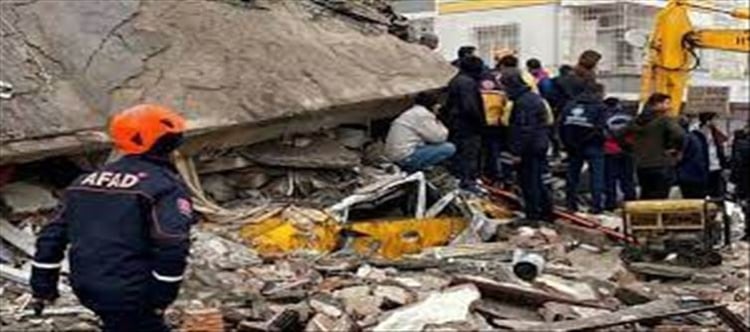
Turkey: What is a ‘strike-slip’ quake? Why was it so terrible?
One of the largest strike-slip earthquakes to impact on land was the one that occurred on monday and left significant destruction and fatalities in Turkey.
A 7.8 magnitude earthquake that was exceptionally violent devastated large portions of turkey and neighbouring Syria. In the 24 hours that followed, the nation was rocked by two additional extremely large earthquakes with magnitudes of 7.5 and 6.0. It has been determined that at than 2,300 individuals died. The number of fatalities can drastically increase in the upcoming days, according to fears.
What kind of earthquake did turkey experience? Why was it so terrible?
It was a strike-slip earthquake. This earthquake is the result of a strike-slip fault. Two tectonic plates glide past one another horizontally as opposed to vertically to cause it. The large solid rock plates called tectonic plates are what make up the crust of the earth. These plates have been moving over the previous 3.4 billion years, according to mainstream scientific theory.
A strike-slip earthquake occurs when two of these tectonic plates slide past one other sideways rather than up and down. As the plates press against one another along a vertical fault line during a strike-slip earthquake, tension develops until one of the plates slips horizontally.
This causes a significant amount of strain to be released, which may cause an earthquake.
One block moved east while the other moved west during the turkey Quake. It resulted in a tremendous earthquake as they slid past each other in a single slip.
According to USGS research geologist alex Hatem, the most recent earthquake was among the largest strike-slip earthquakes to occur on land. Additionally, it was close to populous areas, which amplified damage. Cities like Aleppo, Syria, and Diyarbakir, turkey, both had multiple building collapses.




